Following up on the Presentation Day, an Hackday per pilot area was organised over the summer. On 29 June 2018 it was Trikala’s turn. Between 6:30 and 9:30 p.m. participants gathered at the Matsopoulos Mill. The location had several advantages: it is very well known by Trikala’s citizens because it is a place where many municipal events and fairs are organised; it is easily accessible by everyone – pedestrians, cyclists, car drivers, and people with disabilities; it enabled invitees and organisers to enjoy the outside weather in a picturesque setting within a city park, thus offering an inspiring environment; last, but not least, since it attracts many locals, especially when the weather is good, it allowed the organisers to attract some passers-by and involve them in the discussion.
Overall 21 people attended, including 3 on wheelchairs, 2 children, 2 public transport employees, 1 municipal employee, 1 start-up entrepreneur, 4 planners and engineers and 6 representatives of civil society. This mixed group contributed to add some new ideas to those that had been collected during previous events, but also helped make people without mobility problems more aware of the huge challenges faced by people with mobility problems, especially those with disabilities (for instance, those participants who were constrained to using a wheelchair).
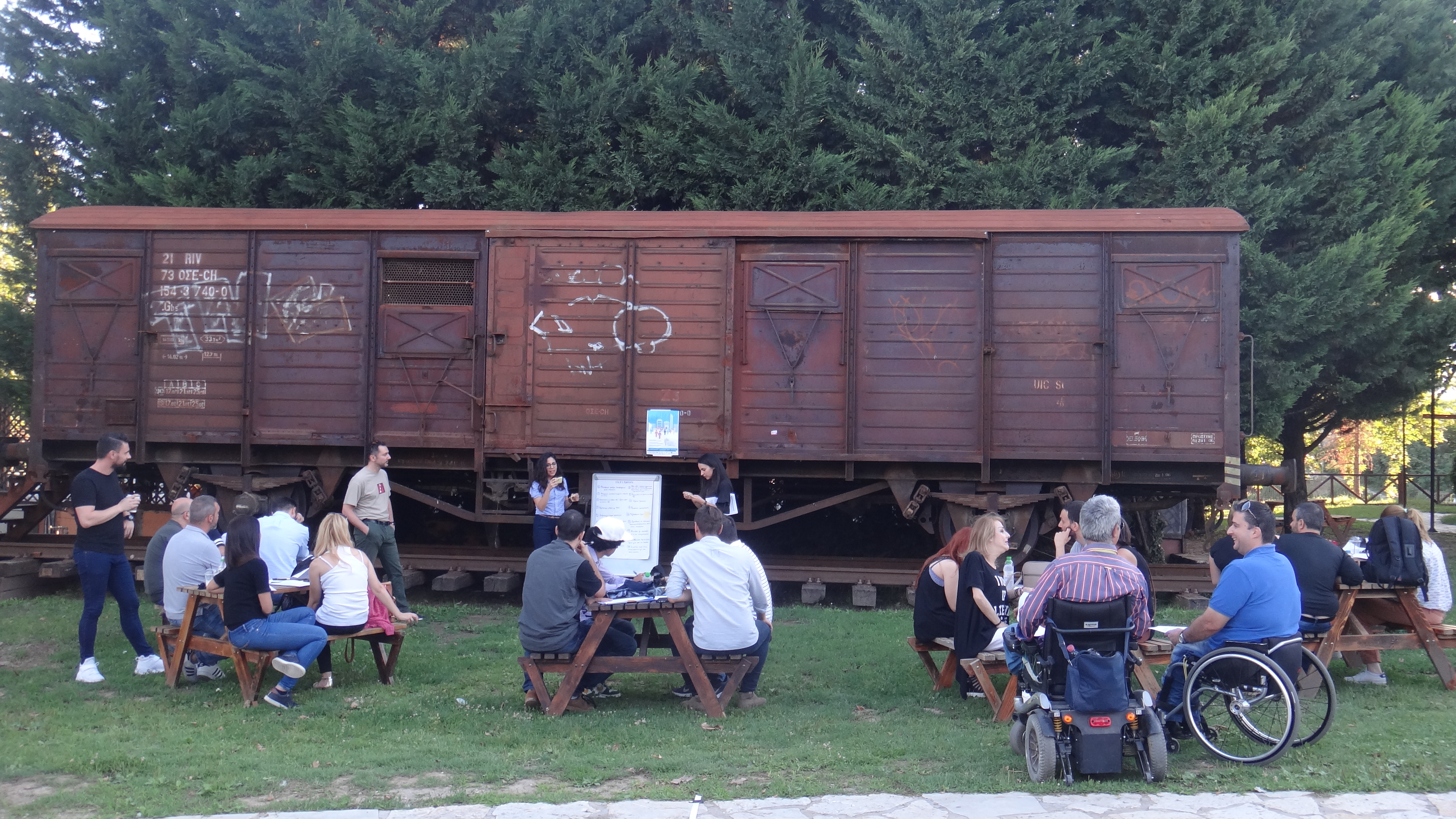 The evening was structured around different co-creation activities: it started out with an ice-breaking exercise called the Four Quadrants. A large space on the floor was divided into four quadrants. A question was asked, for which four different answers were provided, each of them corresponding to one of the quadrants on the floor. People answered by taking place in the quadrant with the answer that was closest to their opinion/feeling. Every round, people shift quadrant and get closer to other participants who share the same answer. The questions posed were: (i) For what reason did you move this morning? (ii) Where did you move to during the day? (iii) With what means did you move? (iv) How do you feel about this movement? Besides being an active way for the group to come together as a whole, the activity also pushed participants to reflect on their own and on others’ attitude and habits concerning urban mobility. The exercise, though, proved challenging for people on a wheelchair, who did not feel comfortable in participating, which also prompted interesting consideration on accessibility.
The evening was structured around different co-creation activities: it started out with an ice-breaking exercise called the Four Quadrants. A large space on the floor was divided into four quadrants. A question was asked, for which four different answers were provided, each of them corresponding to one of the quadrants on the floor. People answered by taking place in the quadrant with the answer that was closest to their opinion/feeling. Every round, people shift quadrant and get closer to other participants who share the same answer. The questions posed were: (i) For what reason did you move this morning? (ii) Where did you move to during the day? (iii) With what means did you move? (iv) How do you feel about this movement? Besides being an active way for the group to come together as a whole, the activity also pushed participants to reflect on their own and on others’ attitude and habits concerning urban mobility. The exercise, though, proved challenging for people on a wheelchair, who did not feel comfortable in participating, which also prompted interesting consideration on accessibility.
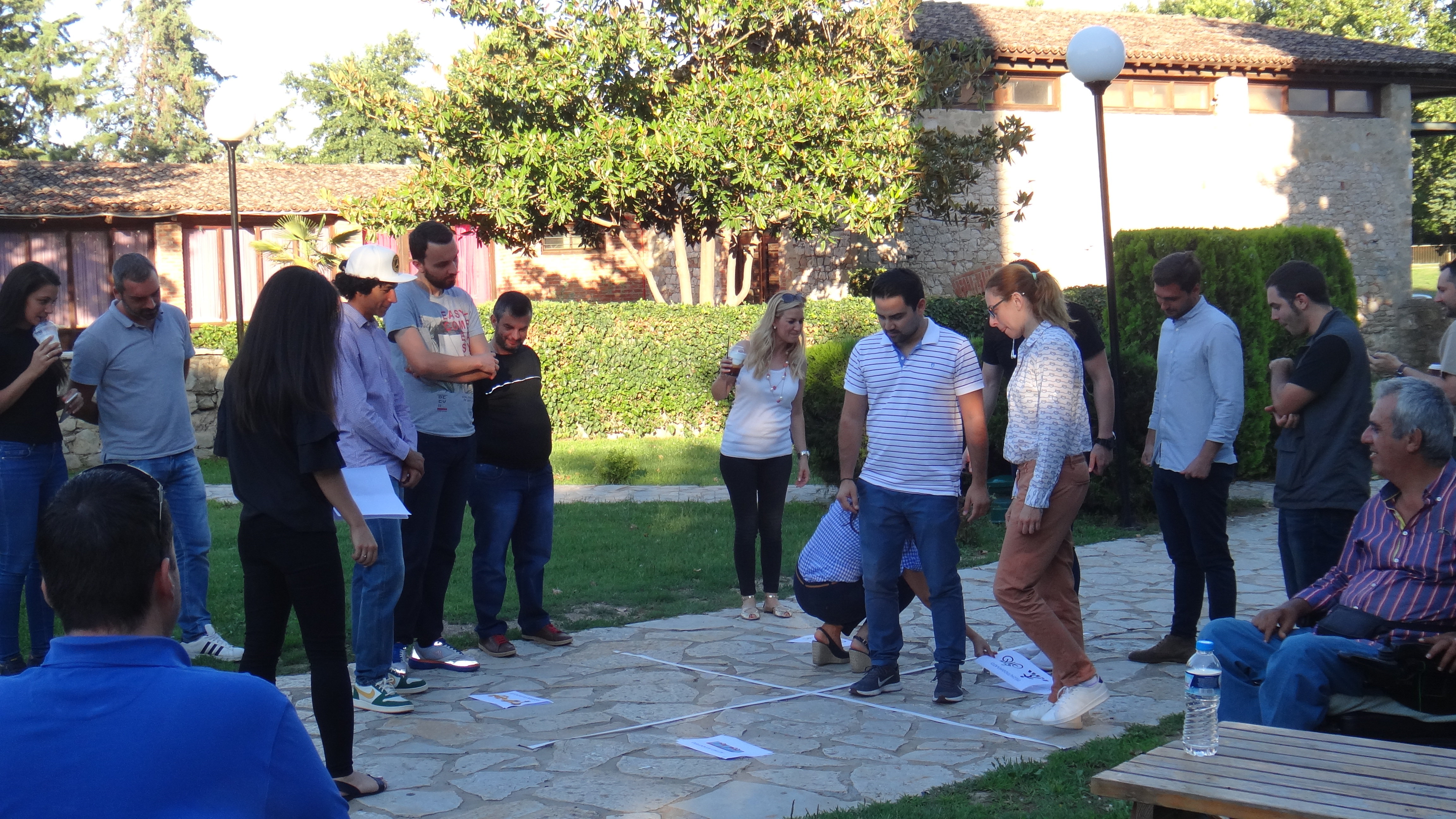 A second exercise consisted in raking ideas on a scoreboard. 18 viable ideas taken from previous activities were presented and subsequently ranked by participants in terms of feasibility, urgency and desirability.
A second exercise consisted in raking ideas on a scoreboard. 18 viable ideas taken from previous activities were presented and subsequently ranked by participants in terms of feasibility, urgency and desirability.
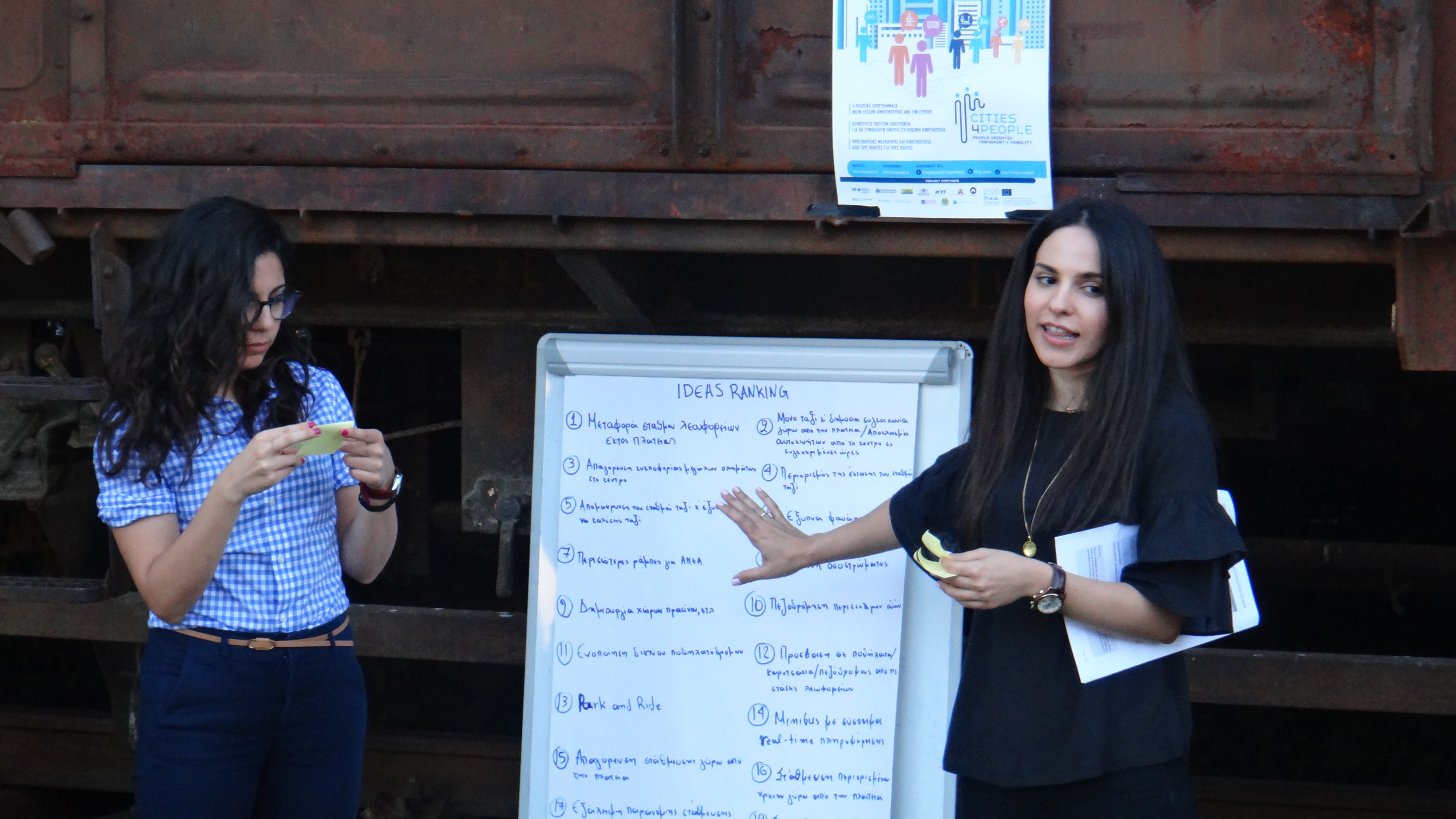
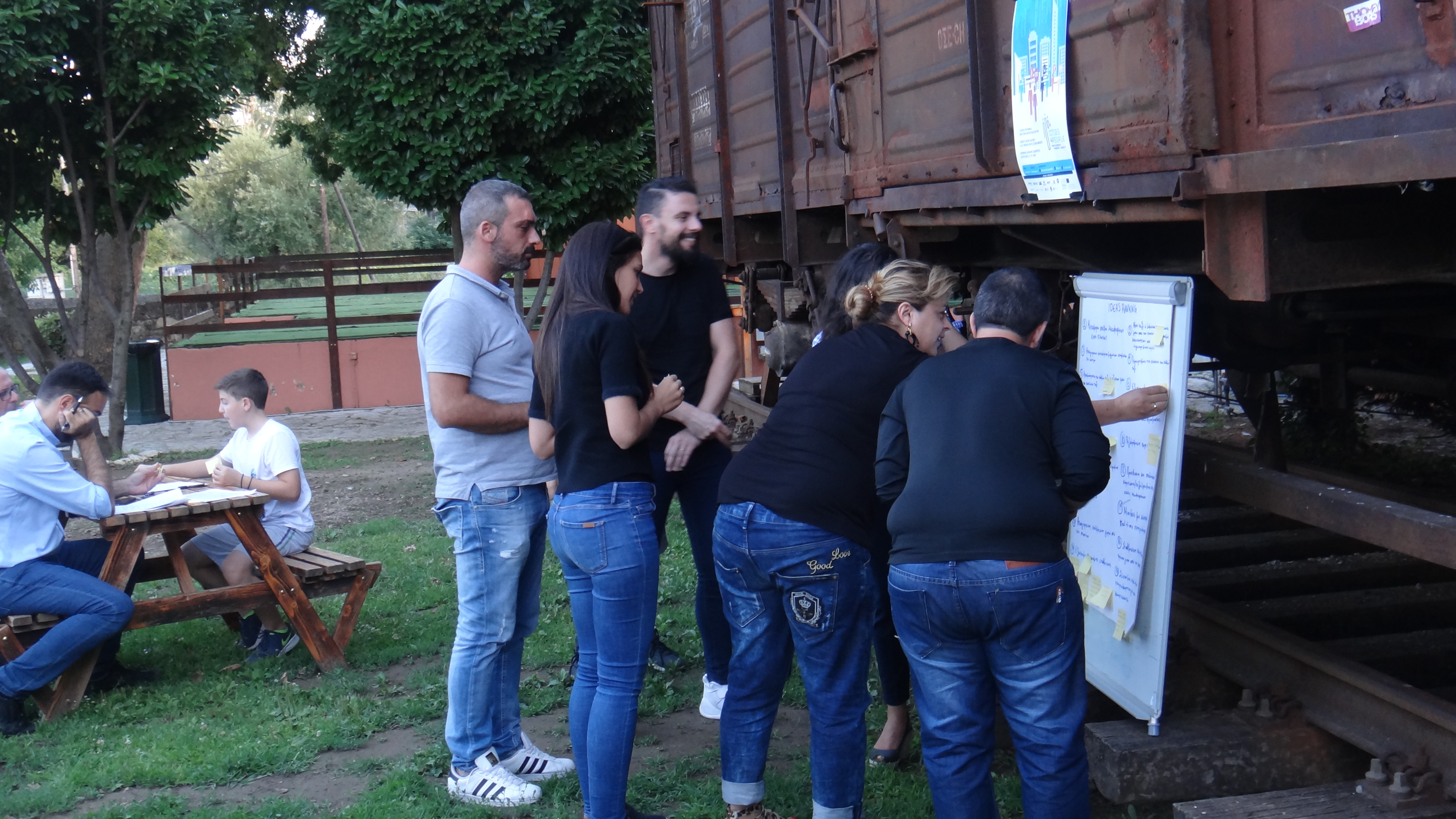
The 5 highest-ranking ones were brought forward: the main group was split into 5 sub-groups and each of them received 2 ideas to further develop by answering some brainstorming questions. After approximately 40 minutes (20 per idea), each group presented the concepts that emerged from the idea development. This created consensus and provoked a wider discussion that informed the work of our local team. And this was the result:
- Idea: reduction of motorized traffic on the central square
Concept: replacement of the central bus station with a simple bus stop and relocation of the former outside the central square
- Idea: greater allocation of land to environmentally-friendly and/or socially-oriented activities
Concept: redesign of the taxi station and development of a smarter service to call a taxi
- Idea: same as 2
Concept: ban of cars (for private use) around the square on specific days and/or at specific times, promoting mobility by means of public transport or taxis
- Idea: same as 2
Concept: development of a greater amount of green public spaces with children playgrounds and recreational infrastructure, especially in pedestrian areas
- Idea: same as 2
Concept: increased pedestrianisation of streets around the central square in combination with the development of a stronger infrastructure for bicycles, public transport and taxis
- Idea: same as 2
Concept: parking restriction or even complete ban around the central square – this should go hand-in-hand with the pedestrianisation of surrounding streets and the creation of greener spaces for recreational activities and public use
- Idea: better and more sustainable management of traffic flow across the city centre
Concept: ban of vehicles of big size in the centre, while promoting active travel and more sustainable and affordable mobility solutions
- Idea: improved accessibility for people with mobility challenges
Concept: construction of more ramps as part of an integrated infrastructure design that benefits not only people with disabilities (e.g. on a wheelchair), but also the elderly, parents with strollers and cyclists – this should go in combination with stricter controls against illegal parking
- Idea: Same as 8
Concept: Provision of free wheelchair scooters that people on wheelchairs can use without getting off their wheelchair
- Idea: limitation of the number and frequency of trips done with less sustainable means of transportation
Concept: Installation of smart storage locker stations in central locations where citizens can place their luggage or temporarily unload weights in order to more easily move around for other purposes without a car
- Idea: same as 10
Concept: development of stations for electric vehicles (bikes and scooters) to facilitate mobility and transportation of goods from and to the city centre. e-vehicles would be available to everyone for free.





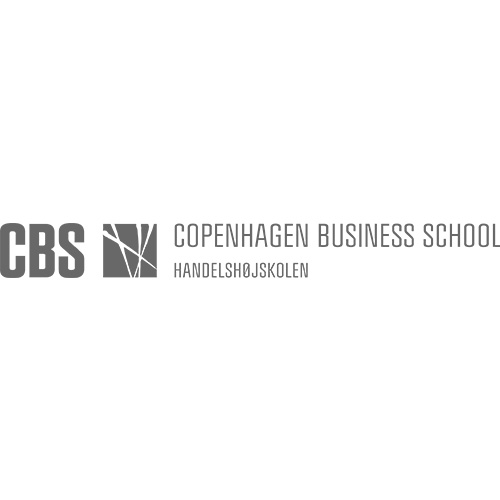
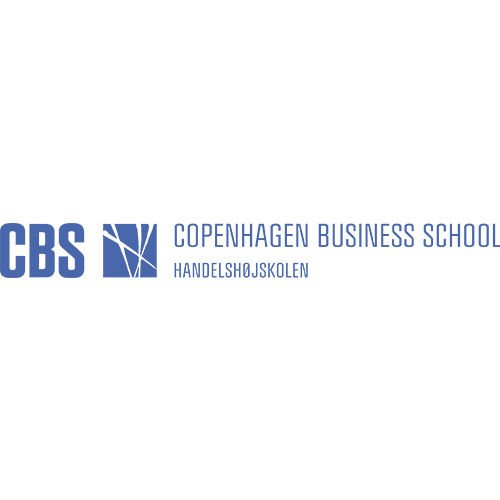
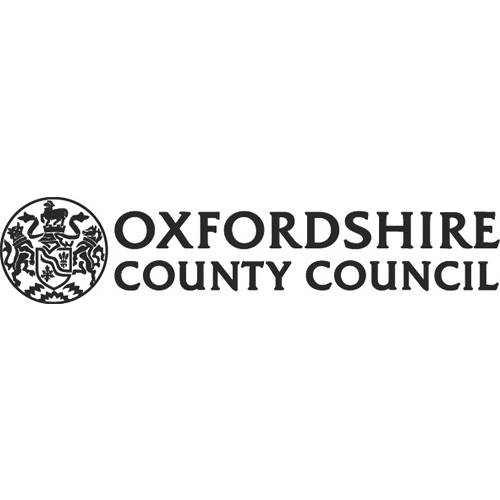

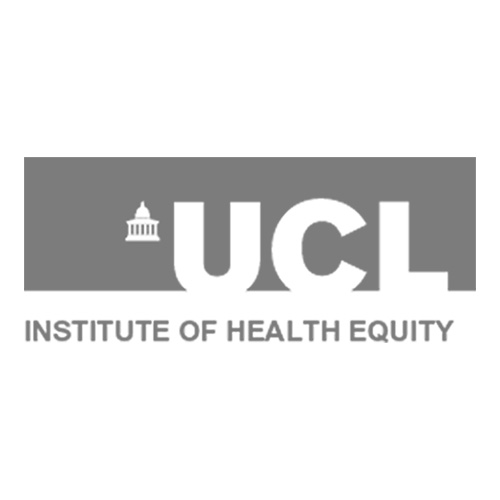
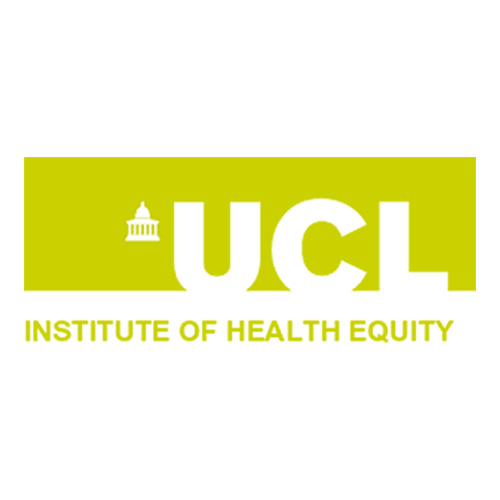
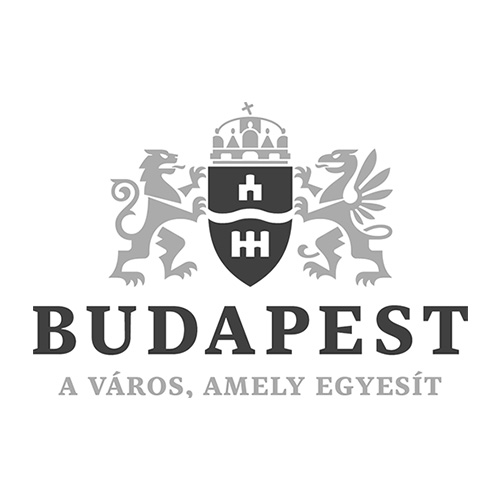
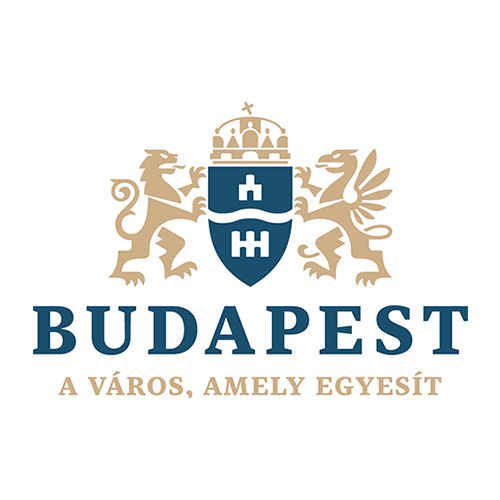
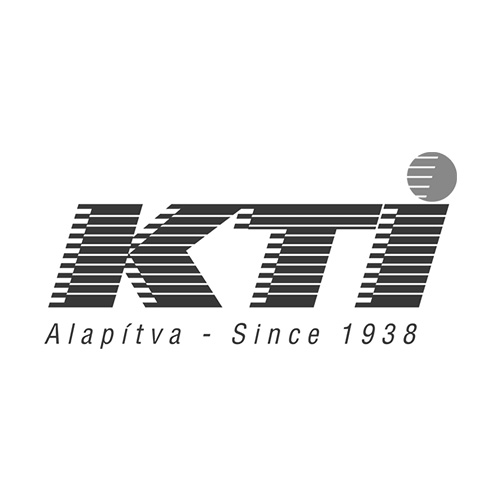
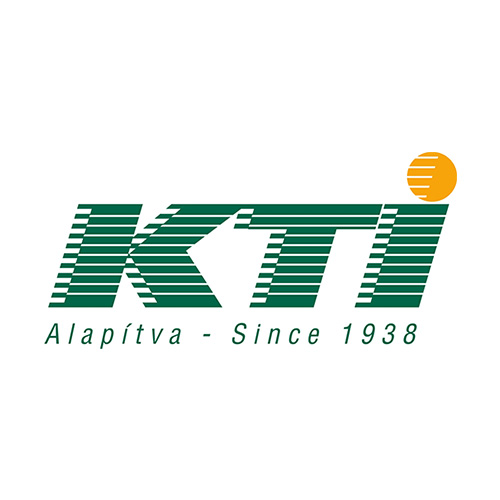
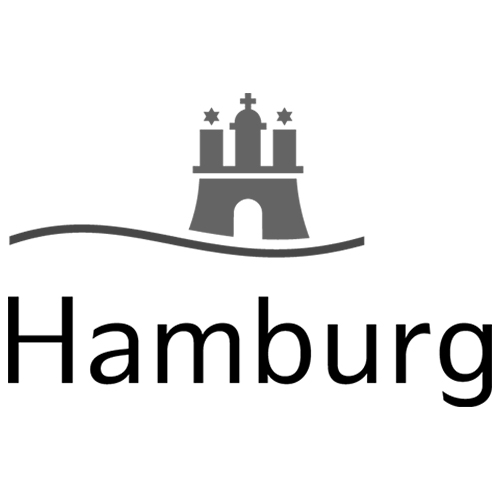
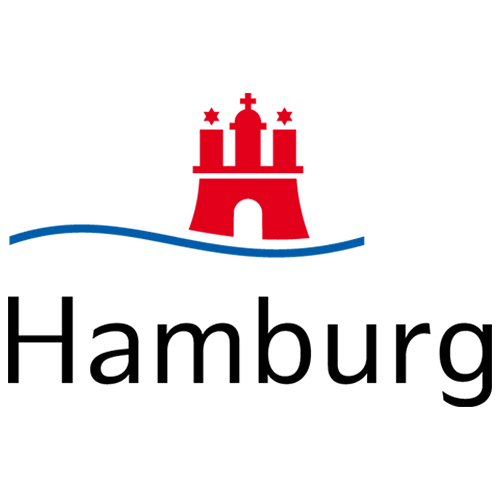
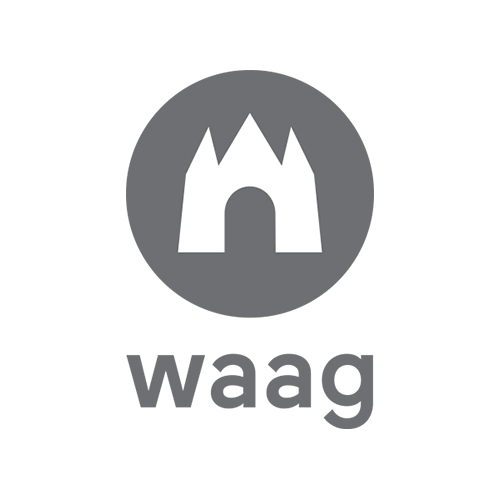

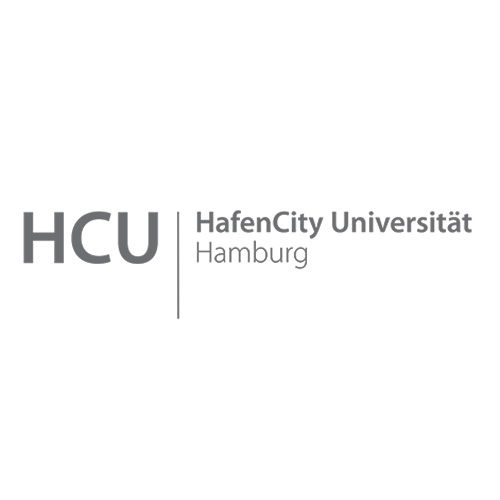
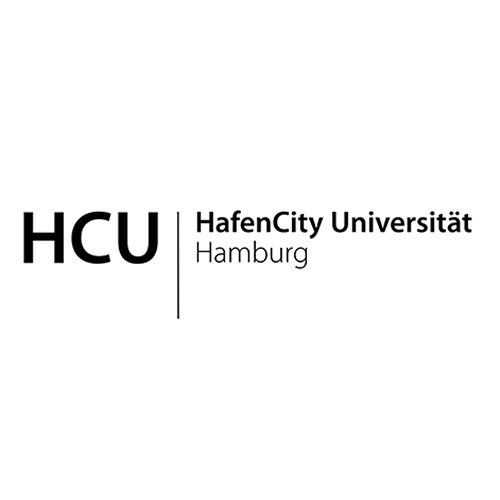
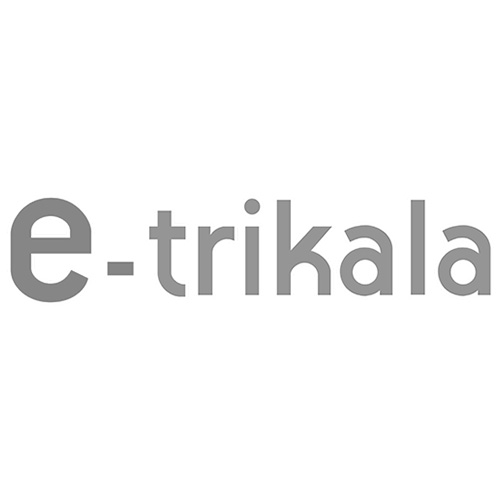
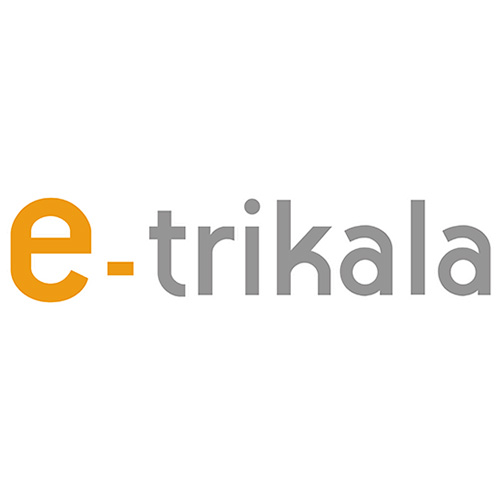


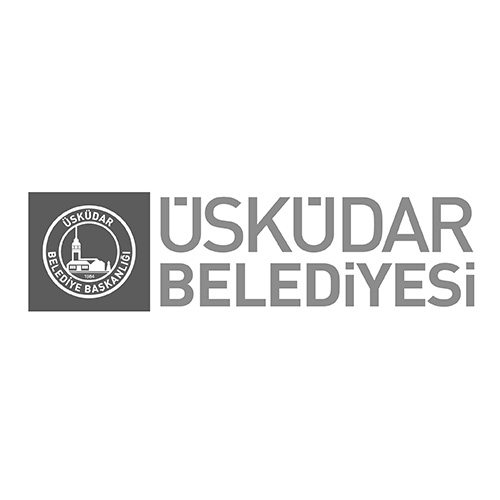


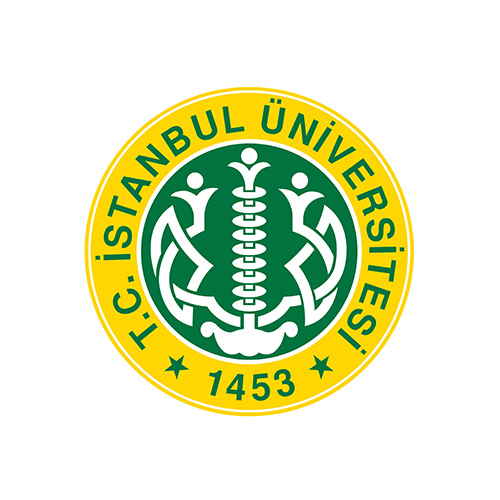


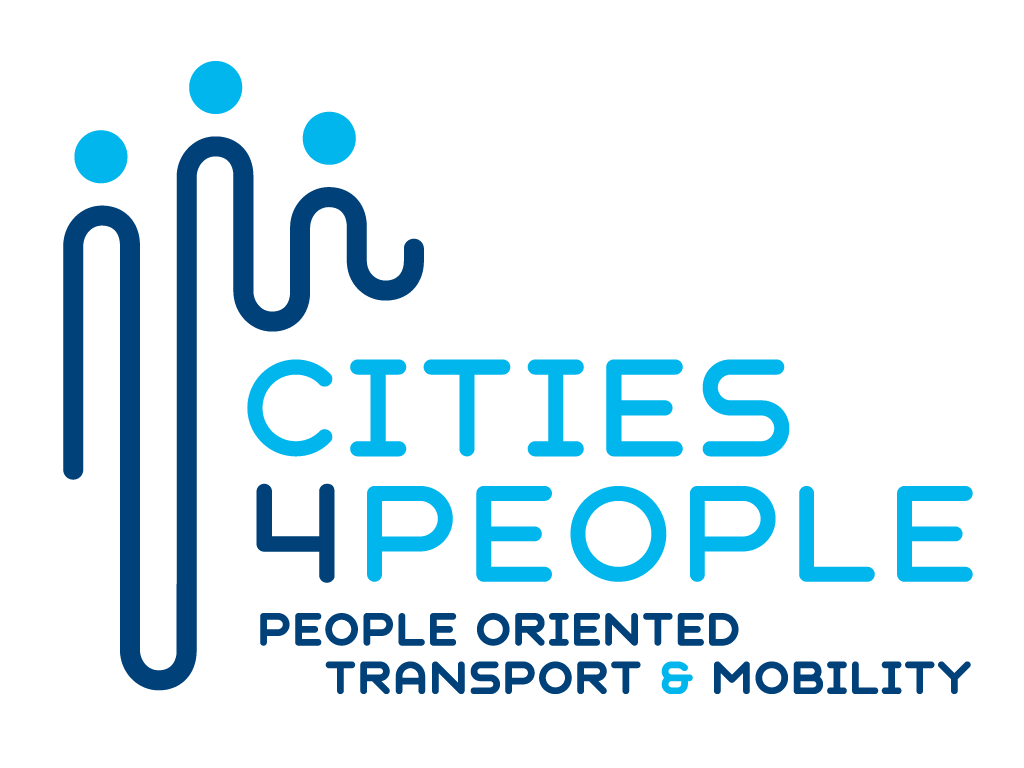
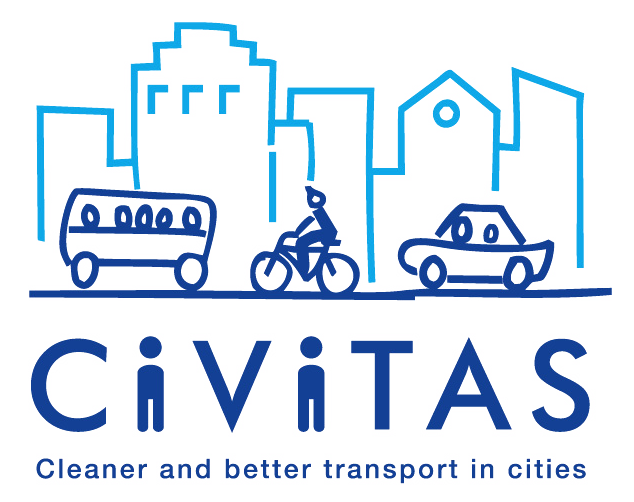


 English
English Ελληνικά
Ελληνικά Deutsch
Deutsch Turkish
Turkish